
Subscribe to continue reading
Subscribe to get access to the rest of this post and other subscriber-only content.


Subscribe to get access to the rest of this post and other subscriber-only content.
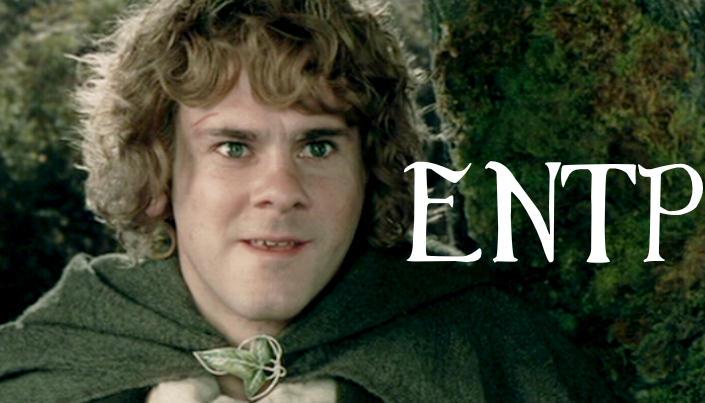

Subscribe to get access to the rest of this post and other subscriber-only content.
Catgyrl asked: ENFP here! I feel guilty for judging other people and it seems like INTJs don’t feel that way. You probably have some long thought process about this and I’d love to hear it. Sorry if that’s not really a question :)

First of all, judgement is a necessary action for those of us who have any of intentions of helping or getting to know our friends. It also serves to protect us against people who would hurt or use us, but judgement is more than people make it out to be. The type of judgement that popular culture and religious organizations encourage us to refrain from is what I would like to call unrighteous judgement. And it’s true that type of judgement can be extremely hurtful, so it’s not only wise but important for our ethical well-being.
Judgement is not so narrow a field, however, that it does not also include a spectrum of righteous judgement, and as someone with an INTJ personality, this just so happens to be somewhat of a strong point for me. I shall endeavour my best to explain the concept in such a way as to make it understandable and doable. Continue reading
Grahamcracker asked: How would you identify when someone is unhealthy for their personality type?

The tell-tale sign of an unhealthy type is that they will embody the stereotypes.
Well-developed thinking types will make decisions based on both logic and emotion and vice versa for feeling types. A healthy individual is well balanced between their four functions, relying on all of them interacting between one another to live their life.
Another classic tell is whether or not the person manipulates people. Unhealthy thinking types often disregard other people’s feelings and use “logic” or “just being honest” as an excuse for bad behaviour. Unfortunately, this means that thinking types can also be extremely good at gaslighting. Meanwhile, unhealthy feeling types often have a tendency to rely on emotional appeals such as guilting, projection, and triangulation, as a way to control other people’s behaviour. This is all stuff that any therapist will tell you is toxic (both for you and for other people).
Grahamcracker asked: And how would you know if someone was well-developed in all four?
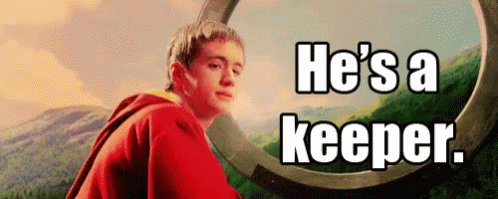
Want to know how to find yourself a keeper? While I can’t guarantee you’ll cross paths or have success connecting with said keeper, I’ll offer a modicum of advice on how to identify healthy MBTI types.
First and foremost––this person does not manipulate people, especially not intentionally. Second, you’ll see them making decisions based on more than just logic, or emotion alone. They’ll use a balance of both. You see their better self, a healthy person who knows what is important, plays well with others, and is neither overly insecure or overly self-important. To be balanced, to make good decisions, and to be a good partner in a relationship, you need to be as emotionally healthy as possible, and that means using all your functions.
I’m tired so I will not go into these in-depth, but you can get the general gist by combining the cognitive functions that make up your type.
Healthy Fe-Ti: caring about other people’s feelings and preservation, while also being able to step back and analyze something objectively, to learn how it works so that you can improve your relationships.
Healthy Te-Fi: being motivated to organize things and adhere to logical principles, while being aware that politeness is a useful tool in life and that not everything needs to be said, while holding to a strong set of moral principles.
Healthy Ti-Fe: staying focused on logical objectives, but also softening one’s words to avoid hurting other people’s feelings or alienating others in attempt to work toward a greater purpose that benefits everyone.
Healthy Fi-Te: championing causes and inspiring others to follow your lead, while remaining true to your beliefs but also enabling others to have different values systems from your own, and organizing your time and space effectively to accomplish your goals.
Healthy Si-Ne: bring valuable information to the table through things you have learned and your own experiences, but accept that your memories are subjective interpretations of events and that considering new avenues of possibilities is not a threat to your usual routines.
Healthy Se-Ni: staying open to both participating in new experiences and helping others to see opportunities around them, while realizing that there is more to life than just this moment, and all actions in the present have future consequences.
Healthy Ne-Si: entertaining many possibilities but also remembering past experience, learning from the mistakes of others, and seeking out extensive details, so as to make wise decisions.
Healthy Ni-Se: visualizing goals and discerning how to reach them, while also being unafraid to take opportunities as they appear, thus avoiding staying too much inside the mind and seeing their ideas implemented in the real world.
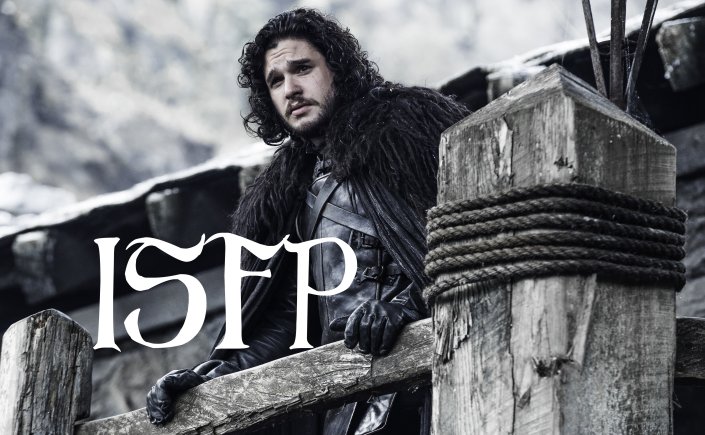

Become a paid subscriber to get access to the rest of this post and other exclusive content.

Guest Post by Andrew, ENTJ
Dominant Introverted Thinking (Ti): Conway is an intellectual first and last. He takes pleasure in researching statistics for upcoming battles and has the most fun when he is using his brain. Conway never shares his thought processes with others, preferring to work things out in his head rather than thinking out loud (and excluding input from other people). However, after figuring everything out, he proudly shares his conclusions. Conway has a focus on the theoretical foundations of his battle plans; while this gives him creativity beyond that of Ash, Dawn, or Paul (all Te-users), it also causes him to get caught up in his head rather than pay attention to the reality of his situation.
Continue reading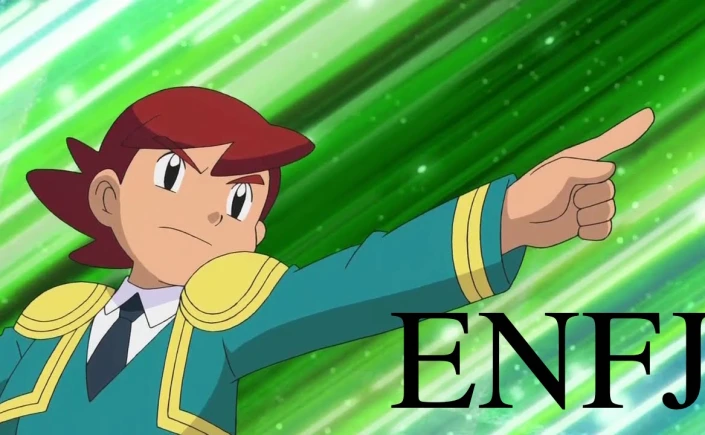
Guest Post by Andrew, ENTJ
Dominant Extroverted Feeling (Fe): Kenny puts others’ emotions before his own. He commiserates with Dawn when she doesn’t make the battle rounds of a contest, even when he qualifies. He also doesn’t put pressure on his Pokemon when they lose battles, preferring to take the blame for himself instead. Kenny tries hard to conceal his feelings for Dawn, as he is unsure how she (or Ash or Brock) will receive them; his main recourse is to tease Dawn about her nickname (“Dee Dee”). When he lets slip certain indicators of how he feels (and Dawn doesn’t notice), he resorts to desperate measures to keep Ash quiet. Upon meeting Ash and Brock, he makes sure to get in their good books right away (by telling funny stories about Dawn), and he befriends Barry, a trainer from his hometown, immediately upon meeting him.
Continue reading
Become a paid subscriber to get access to the rest of this post and other exclusive content.

Become a paid subscriber to get access to the rest of this post and other exclusive content.

Become a paid subscriber to get access to the rest of this post and other exclusive content.

This post is dedicated to my readers that want to understand INTJs, but are less familiar with Jungian cognitive functions. I understand that the functions are difficult for newbies to navigate, so I’m making your life easier.
When I say this, I don’t mean that we don’t value human companionship. In fact, I would argue to the contrary. However, our introversion causes us to drain our energy as we attempt to socialize. Our energy stems from within ourselves rather than from being with other people. We value solitude, silence and thought.
To us, silence truly is golden.
As a result, parties are definitely not our favourite place to be and when forced to be in such an environment, we tend to stick to the sides of the room rather than gravitating toward the centre. We are extremely conscious of our personal space and absolutely hate being touched (in any way, shape or form) without our permission. Likewise, incessant noise drives us mad, prevents us from thinking and makes us want to scream at everybody to “shut up.”
We find it astounding that some people can manage to say the same thing three times in different words or that someone can fill an hour of time with words that mean nothing. We value conciseness when it comes to speaking, such that we say nothing more than what needs to be said (and sometimes we can’t even say that much).

Become a paid subscriber to get access to the rest of this post and other exclusive content.
Once upon a time, I was a seventeen-year-old, bored out of my mind, even in my college-level classes. This boredom morphed into a sort of cosmic angst, anger at the fact that I was sitting in a classroom memorizing facts when I could be problem-solving somewhere else.
One of my siblings tells me I looked like Sherlock pounding around the living room asking for a case.
Boredom is a very dangerous thing in immature INTJs because we’ll do pretty much anything to stop being bored (so long as it doesn’t violate our principles).
In 2014, @Ockham’s Chainsaw linked me to a post they’d written on the topic of intelligence, mentioning that NT types are often reluctant to say, “I can’t do it,” or “I don’t know,” when taking a test because they have firm confidence in their ability to figure the problem out, even if they don’t know the answer.
The following piece of writing consists of the notes I recorded while solving the Einstein Riddle to stop being bored when I was in high school, and it’s a perfect example of Ockham’s idea.
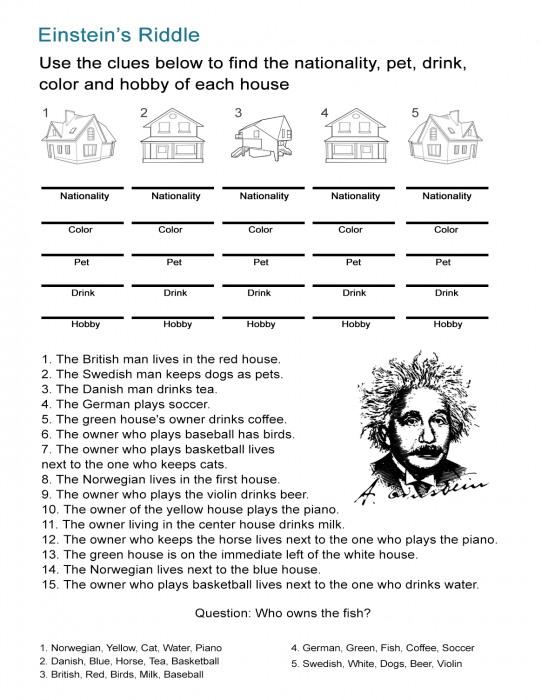
Actually, it is easy. You just have to believe it. The problem with the 98% of people who can’t solve this riddle is that they lack the patience and the solid logic necessary to tell themselves that they can do it. As it turns out, I fall into the 2% that can effectively solve this riddle without googling instructions (since that’s no fun for an INTJ).
Come on, people. If you think you can’t do it, you’ve been watching too much telly.
I started with what I knew for sure.
Next, using a graph, I decided to slowly decipher various details about each:
Next, I made a graph of what I knew (in order of houses):
| COLOUR | Yellow | Blue | Red | Green | White |
| Pet | Horse | ||||
| Cigar | Dunhill | ||||
| Drink | Milk | Coffee | |||
| Nationality | Norwegen | Brit |
I knew then that the water drinker could only belong at the yellow house because:
From this, I determined that the Blue house-owner smokes Blend (because Blend is neighbors with water).
Next, I looked specifically at one clue: the owner who drinks beer smokes Bluemaster
| COLOUR | Yellow | Blue | Red | Green | White |
| Pet | Horse | ||||
| Cigar | Dunhill | Blend | Bluemaster | ||
| Drink | Water | Milk | Coffee | Beer | |
| Nationality | Norwegen | Brit |
Well, there was one obvious hole there…looks like blue drinks tea and is a Dane….
I deduce that the German lives in the green house because:
Red must be the bird owner, because the bird owner smokes Paul Mall and all the other cigars are taken
Yellow owns the cat because blend has a neighbor who owns a cat (and we’ve now determined that it’s not red because red owns the bird)
| COLOUR | Yellow | Blue | Red | Green | White |
| Pet | Cat | horse | Bird | ||
| Cigar | Dunhill | Blend | Paul Mall | Prince | Bluemaster |
| Drink | Water | Milk | Coffee | Beer | |
| Nationality | Norwegen | Brit | German |
We can easily see from looking at the graph that the only place left for our tea-drinking Dane is Blue.
That leaves white to be the dog-owning Swede and the green to own the fish.
| COLOUR | Yellow | Blue | Red | Green | White |
| Pet | Cat | Horse | Bird | Fish | Dog |
| Cigar | Dunhill | Blend | Paul mall | Prince | Bluemaster |
| Drink | Water | Tea | Milk | Coffee | Beer |
| Nationality | Norwegien | Dane | Brit | German | Swede |
The German owns the fish!

Become a paid subscriber to get access to the rest of this post and other exclusive content.

Become a paid subscriber to get access to the rest of this post and other exclusive content.
You must be logged in to post a comment.